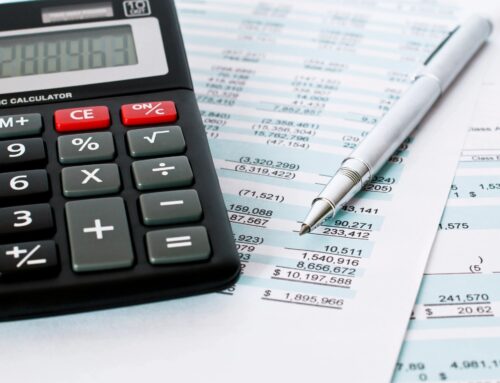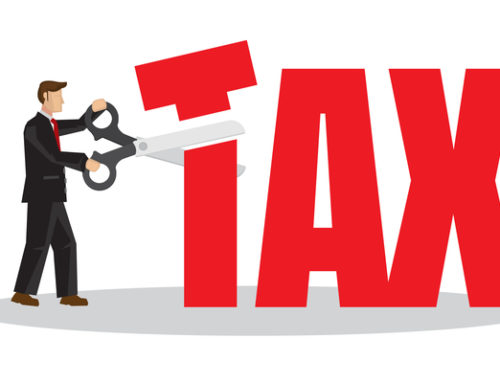If you’re unfamiliar with the ins and outs of pensions, chances are it’s because pensions aren’t nearly as common today as they once were. A pension is a type of retirement plan set up through your employer wherein your employer makes monetary contributions to aid in the employee’s eventual retirement. However, what was once a commonality has since fallen off the radar as profitability takes priority. Over the past 40 years, we have witnessed a decrease in pensions forcing us to plan for our retirement in a different way.
What is a pension?
The money that your employer contributes to your pension plan is paid out once you’ve reached a specific retirement age. The money is typically distributed in monthly checks. The amount of which is determined by number of years spent with the company, your age and your compensation rate. Depending on these factors your pension can provide differing percentages of your compensation in retirement. Generally speaking, the more time you’ve spent with the company, the larger your monthly sum.
Where have all the pensions gone?
Roughly 38% of workers had a pension in 1980 compared with only 18% of private-sector workers today, according to the Social Security Bulletin. It is expected that over time the number of employees who will have access to a pension will dwindle to zero as companies shift to offering 401(k)’s instead. Unlike 401(k)’s, pensions are synonymous with significant risk for the employer, hence their extinction.
As an employer, guaranteeing your employees a certain amount of money upon retirement is not without its concerns. Companies need to set aside a predetermined amount of money per employee with the assumption that they can earn a certain return on its investments. While the employee is guaranteed the money, the employer isn’t guaranteed the returns necessary to provide those ultimate payouts. Like we said before, there’s a significant risk. Rather than set aside money for each employee’s pension, many employers would prefer that the employee set that money aside themselves. Risk then falls on the employee instead of the employer.
Pensions vs. 401(k)’s
The more common alternative for an employer-sponsored plan is the 401(k), which allows you to set aside a portion of your income before taxes for retirement. Other than the source of the money (one coming from you and the other from your employer), the biggest difference between the pensions and 401(k)’s is that one is a defined benefit plan and the other a defined contribution plan.
A pension plan is a defined benefit plan wherein the amount contributed is guaranteed and the employer assumes the risk. Alternatively, 401(k)’s are defined contribution plans as the employee chooses how much to contribute without guaranteed benefits, plus they take on the risk of these investments. By nature 401(k)’s are easily transferrable as you change jobs whereas pensions are best for those planning on staying with a company for many years.
Introducing Individual Retirement Accounts (IRA’s)
Retirement planning doesn’t always have to be linked to your employer. Instead, you have the option of setting money aside in an Individual Retirement Account (IRA). Similar to a 401(k), your IRA is a tax-advantaged way to save for retirement. There is, however, no connection to your employer. Contributions to a traditional IRA may be tax deductible in the contribution year, with current income tax due at withdrawal. The Roth IRA offers tax deferral on any earnings in the account. Limitations and restrictions may apply. Future tax laws can change at any time and may impact the benefits of Roth IRAs. Their tax treatment may change.
Investing your Retirement Accounts
One of the added benefits of an IRA – relative to a 401(k) – is that there is much more flexibility when it comes to investment options. While impossible to predict future returns, keeping your retirement funds sitting in cash generates interest rates equivalent to those of generic savings accounts. In other words, you don’t have much to gain. Consider investing this money to maximize your retirement funds.
As with any investments, a balanced portfolio is typically the most ideal. Putting all or most of your funds into one investment bears significant risk should that particular investment tank. Diversifying your investments may shield your money from the ups and downs of the market, protecting you from significant losses.
For further information on retirement planning and retirement fund investing, contact Greg Trost at Trost Financial Consulting.




